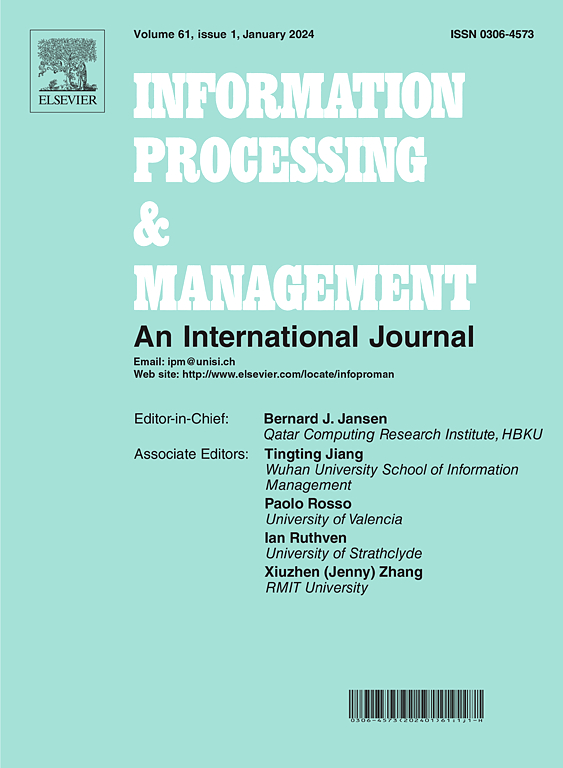DuST: Chinese NER using dual-grained syntax-aware transformer network
IF 7.4
1区 管理学
Q1 COMPUTER SCIENCE, INFORMATION SYSTEMS
引用次数: 0
Abstract
Recent studies have attempted to exploit syntactic information (e.g., dependency relation) to enhance Chinese named entity recognition (NER) performance and achieved promising results. These methods usually leverage single-grained syntactic parsing results which are based on single-grained word segmentation. However, entities may be annotated with varying granularities, resulting in inconsistent boundaries when compared to single-grained results. Therefore, merely using single-grained syntactic information may inadvertently introduce noise into boundary detection in Chinese NER. In this paper, we introduce a Dual-grained Syntax-aware Transformer network (DuST) to mitigate the noise introduced by single-grained syntactic parsing results. We first introduce coarse- and fine-grained syntactic dependency parsing results to comprehensively consider possible boundary scenarios. We then design the DuST network with dual syntax-aware Transformers to capture syntax-enhanced features at different granularities, a contextual Transformer to model the contextual features and an aggregation module to dynamically aggregate these features. Experiments are conducted on four widely-used Chinese NER datasets and our model achieves superior performance. Specifically, our approach outperforms two single-grained syntax-enhanced baselines with an increase of up to 3.9% and 2.94% in F1 score, respectively.
求助全文
约1分钟内获得全文
求助全文
来源期刊

Information Processing & Management
工程技术-计算机:信息系统
CiteScore
17.00
自引率
11.60%
发文量
276
审稿时长
39 days
期刊介绍:
Information Processing and Management is dedicated to publishing cutting-edge original research at the convergence of computing and information science. Our scope encompasses theory, methods, and applications across various domains, including advertising, business, health, information science, information technology marketing, and social computing.
We aim to cater to the interests of both primary researchers and practitioners by offering an effective platform for the timely dissemination of advanced and topical issues in this interdisciplinary field. The journal places particular emphasis on original research articles, research survey articles, research method articles, and articles addressing critical applications of research. Join us in advancing knowledge and innovation at the intersection of computing and information science.
 求助内容:
求助内容: 应助结果提醒方式:
应助结果提醒方式:


